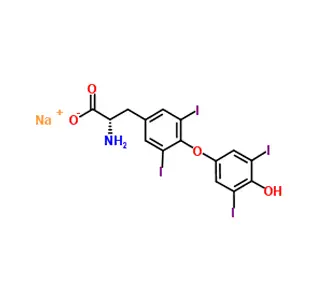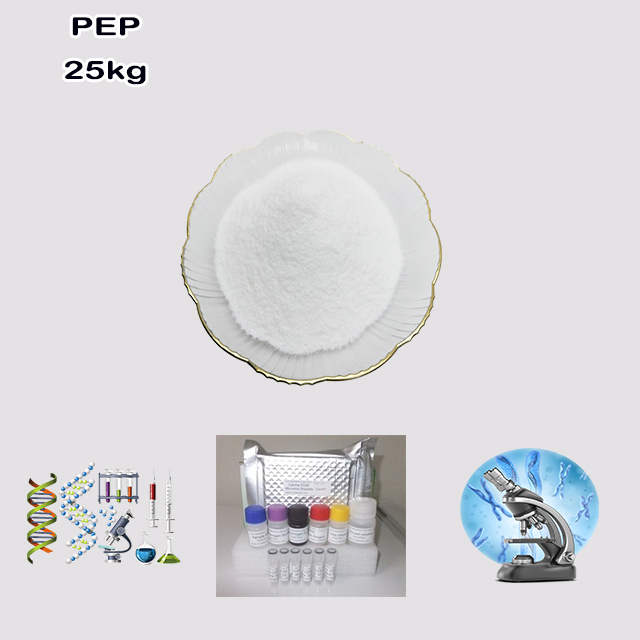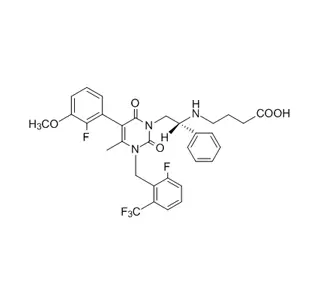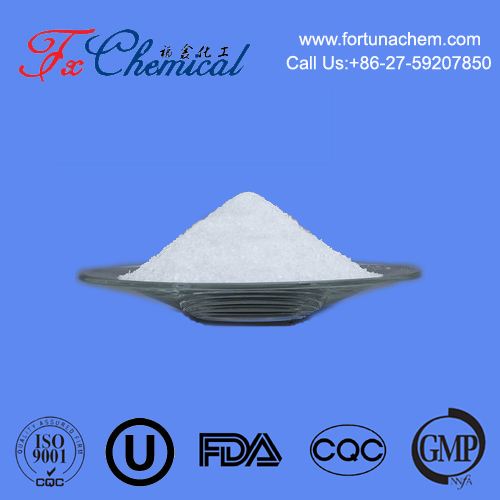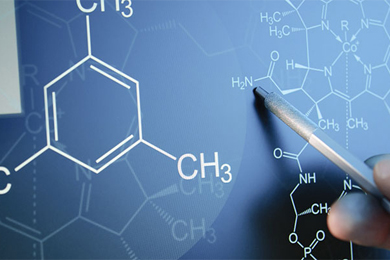
Search

Search

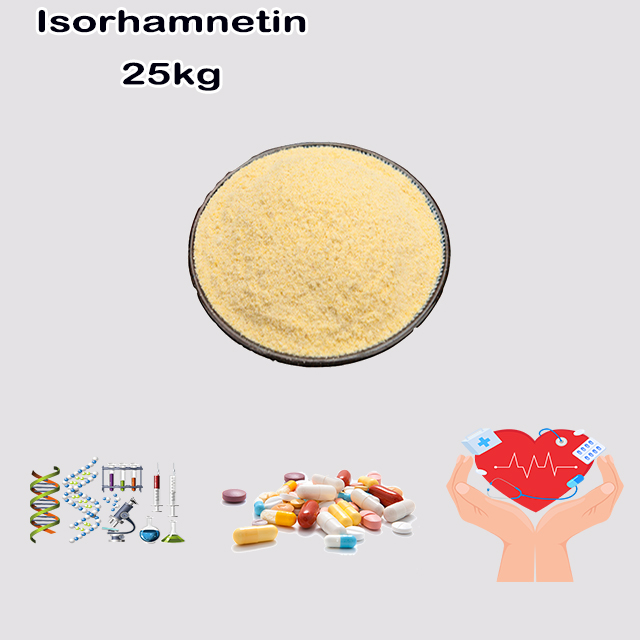
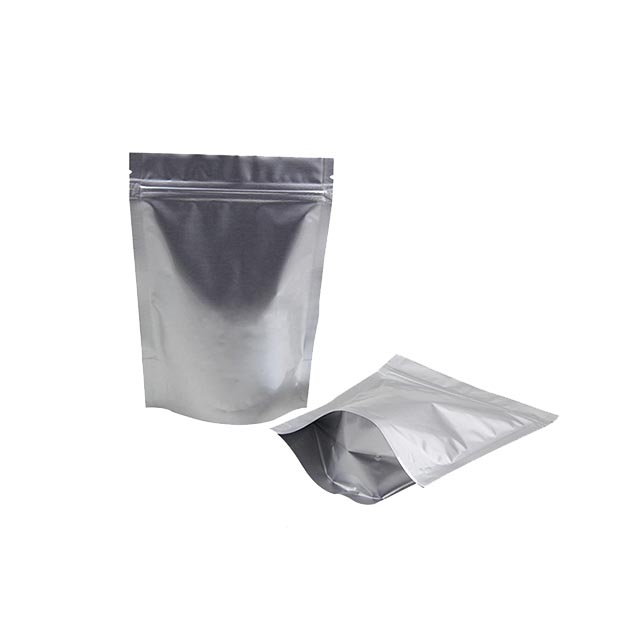
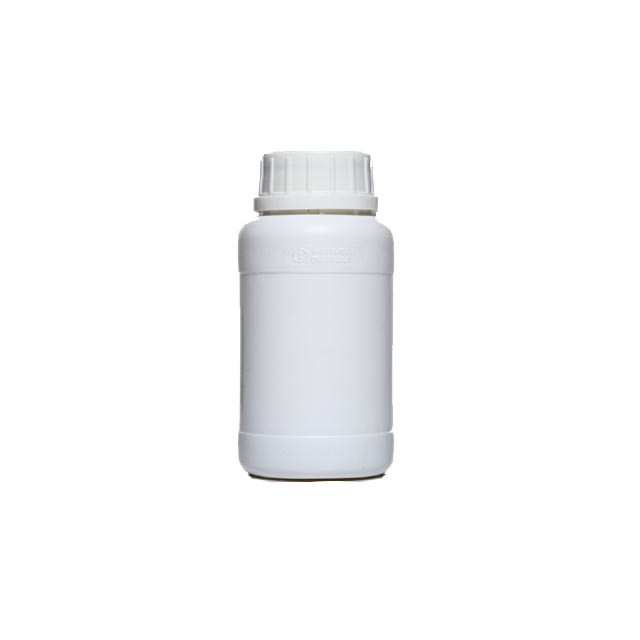
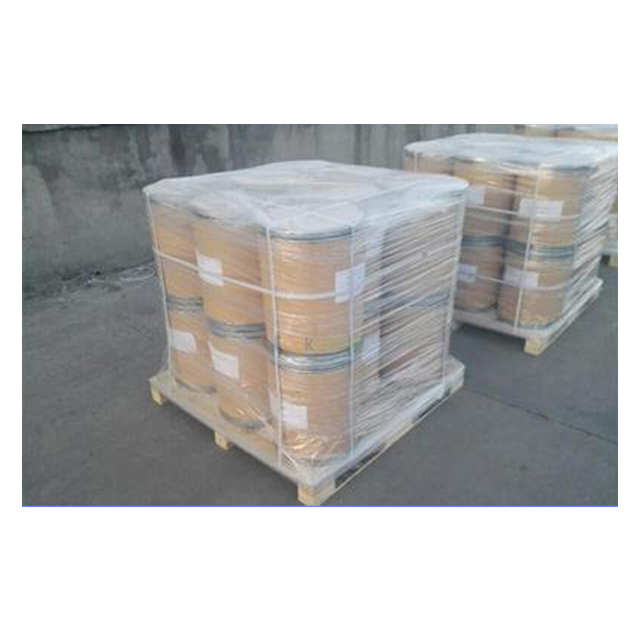






Isorhamnetin is a methylated flavonol (C₁₆H₁₂O₇), derived from quercetin, with a methoxy group at the 3'-position. Found in plants like Ginkgo biloba, sea buckthorn, and prickly pear, it exhibits potent antioxidant, anti-inflammatory, and anticancer properties. It modulates pathways (NF-κB, PI3K/Akt) and enzymes (COX-2, α-glucosidase), aiding in diabetes management, cardiovascular protection, and neuroprotection. Research explores its role in antiviral therapies (e.g., SARS-CoV-2) and gut microbiota interactions. Used in nutraceuticals, cosmeceuticals, and drug development, it shows low toxicity but limited bioavailability. Promising for disease prevention, though clinical validation is ongoing.
Isorhamnetin is a naturally occurring O-methylated flavonol, a subclass of flavonoids, known for its diverse biological activities. Here's a structured overview:
Structure: A methylated derivative of quercetin, with a methoxy (-OCH₃) group at the 3'-position of the B-ring.
Molecular formula: C₁₆H₁₂O₇.
Classification: Flavonoid (flavonol subgroup).
Plants: Found in various medicinal herbs and foods:
Ginkgo biloba (leaves),
Hippophae rhamnoides (sea buckthorn),
Opuntia ficus-indica (prickly pear),
Apples, onions, and berries.
Forms: Often exists as glycosides (e.g., isorhamnetin-3-O-glucoside) in plants.
Antioxidant: Scavenges free radicals and enhances cellular antioxidant defenses.
Anti-inflammatory: Inhibits pro-inflammatory cytokines (e.g., TNF-α, IL-6) and enzymes (e.g., COX-2).
Anticancer: Induces apoptosis and inhibits proliferation in cancer cells (e.g., breast, colon).
Cardioprotective: Reduces oxidative stress and improves endothelial function.
Antidiabetic: Enhances insulin sensitivity and inhibits α-glucosidase.
Neuroprotective: Potential role in mitigating Alzheimer’s and Parkinson’s pathologies.
Modulates signaling pathways: NF-κB, MAPK, PI3K/Akt.
Activates Nrf2, boosting antioxidant enzyme production (e.g., SOD, catalase).
Inhibits cyclooxygenase and lipoxygenase enzymes.
Nutraceuticals: Incorporated into supplements for antioxidant support.
Cosmeceuticals: Used in anti-aging skincare products for UV protection and collagen synthesis.
Drug Development: Investigated for cancer, diabetes, and neurodegenerative disease therapies.
Absorption: Limited oral bioavailability due to low solubility and rapid metabolism.
Metabolism: Undergoes phase II metabolism (glucuronidation, sulfation) in the liver.
Excretion: Primarily via urine and feces.
Generally recognized as safe at dietary levels.
High doses may cause mild gastrointestinal issues; no significant toxicity reported in studies.
Antiviral Potential: Studied against SARS-CoV-2 via inhibition of viral proteases.
Gut Microbiota Interaction: Converted by gut bacteria into bioactive metabolites.
Isorhamnetin’s multifunctional properties make it a promising candidate for therapeutic and preventive health applications, though further clinical trials are needed to validate efficacy in humans. Always consult healthcare professionals before using it therapeutically.



Fortunachem Provides Not Only Professional Chemical Products But Also Professional Help
Keeping you up-to-date with all the latest information, news, and events about Fortunachem!

Quick Links
Add:
E-mail:
 English
English  Español
Español  français
français  العربية
العربية 